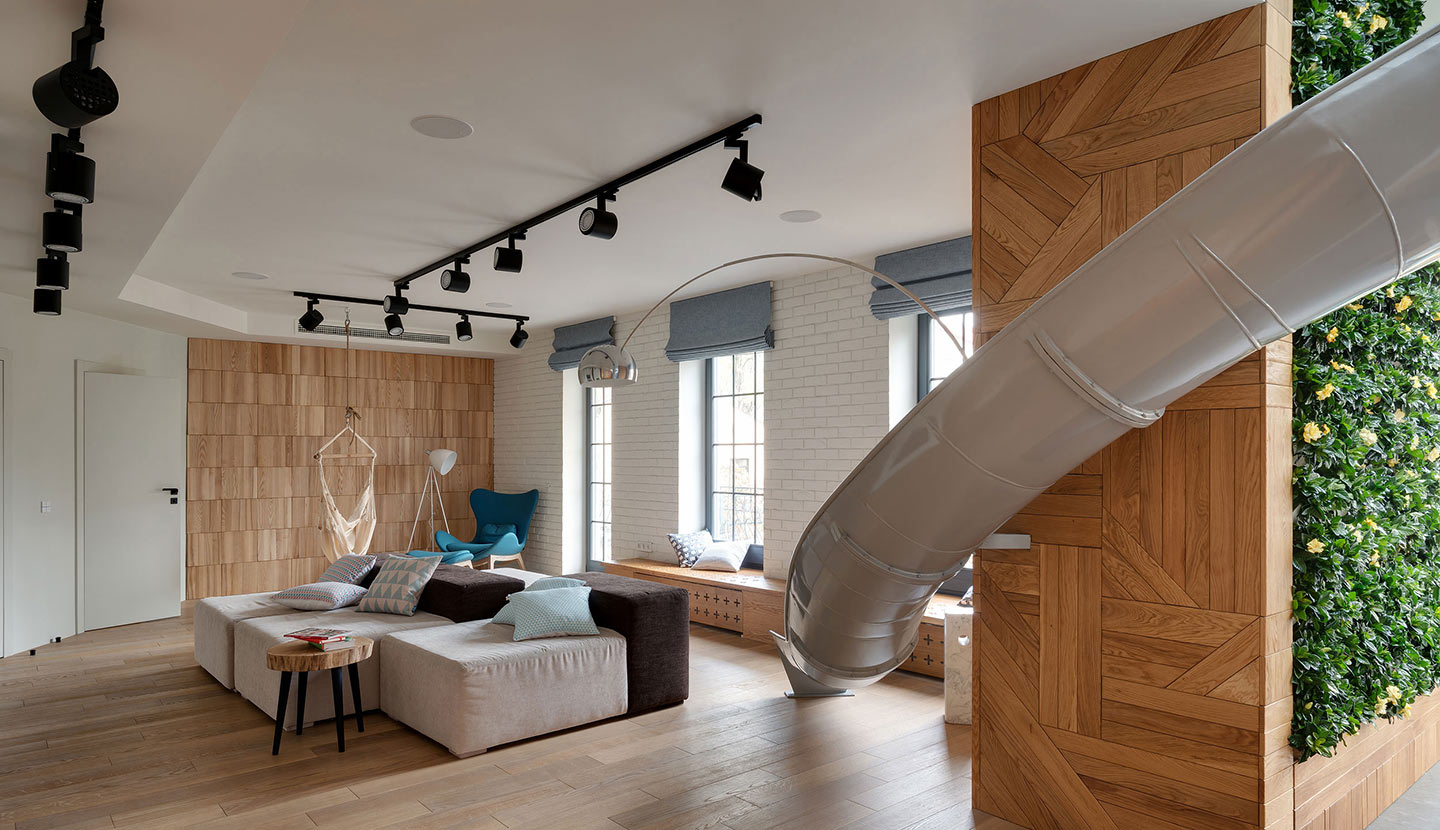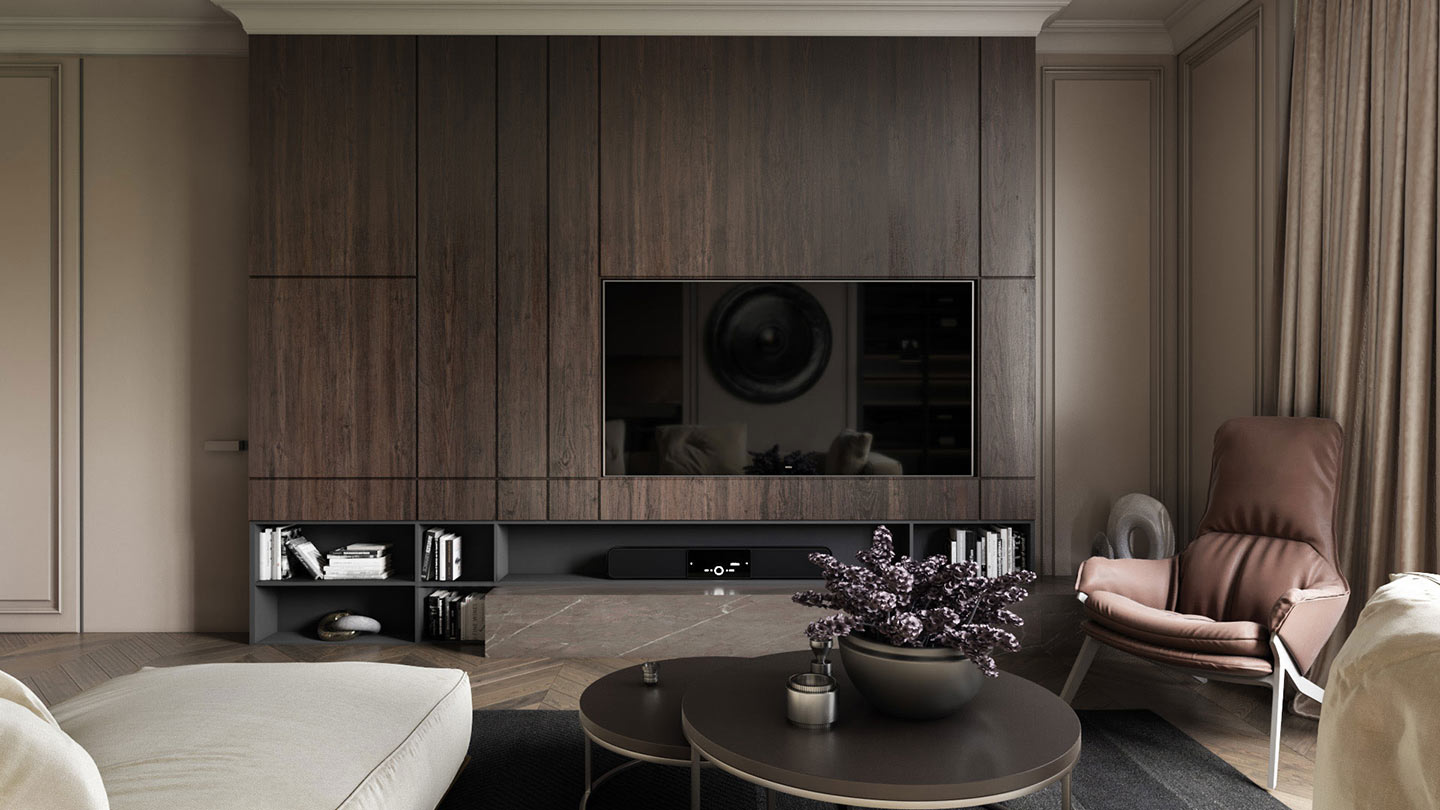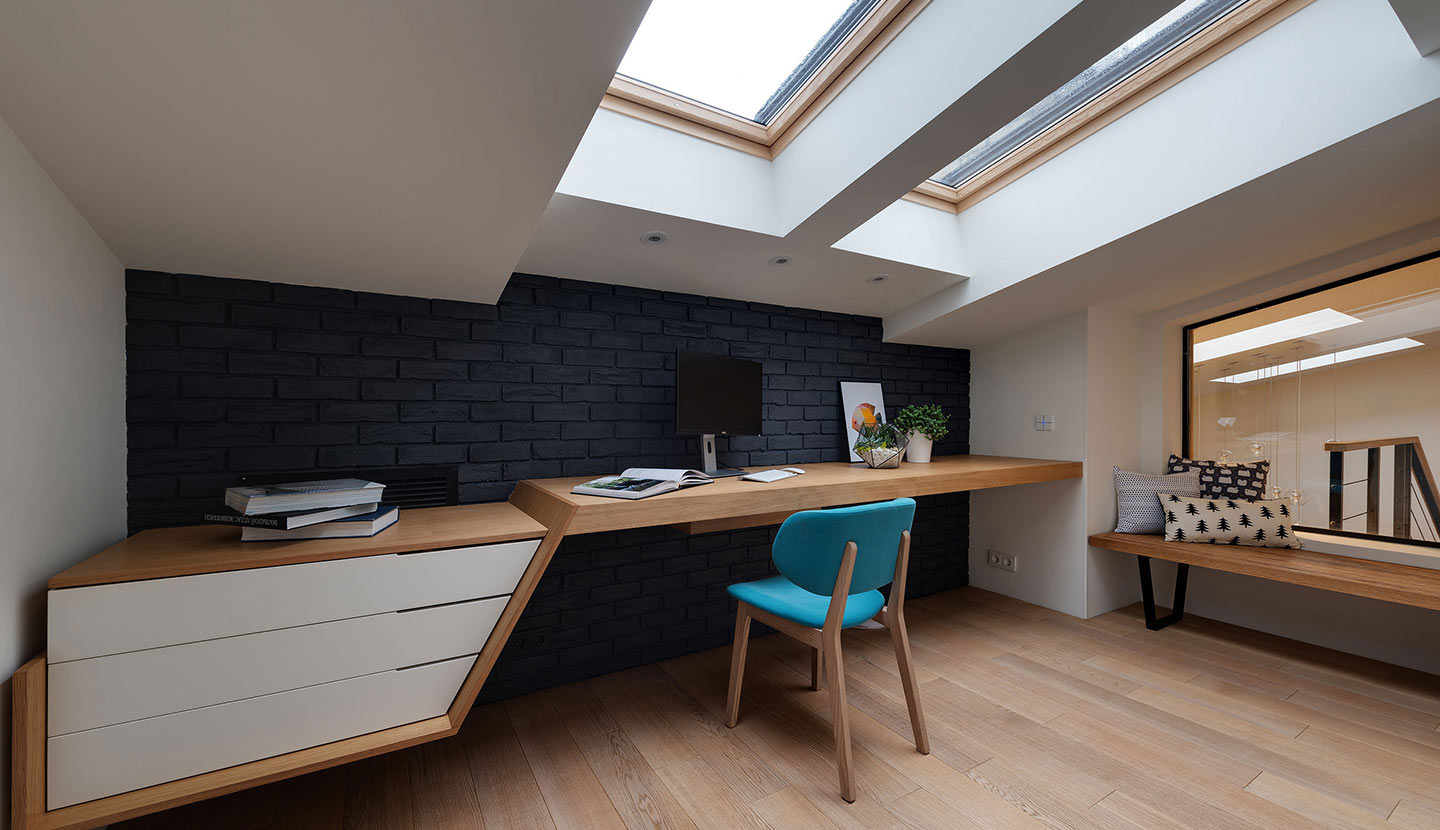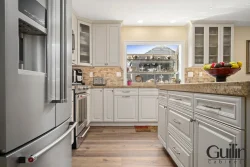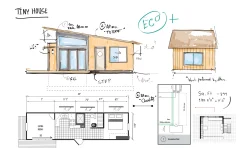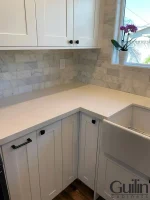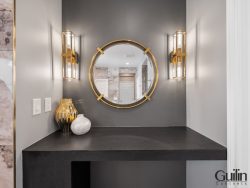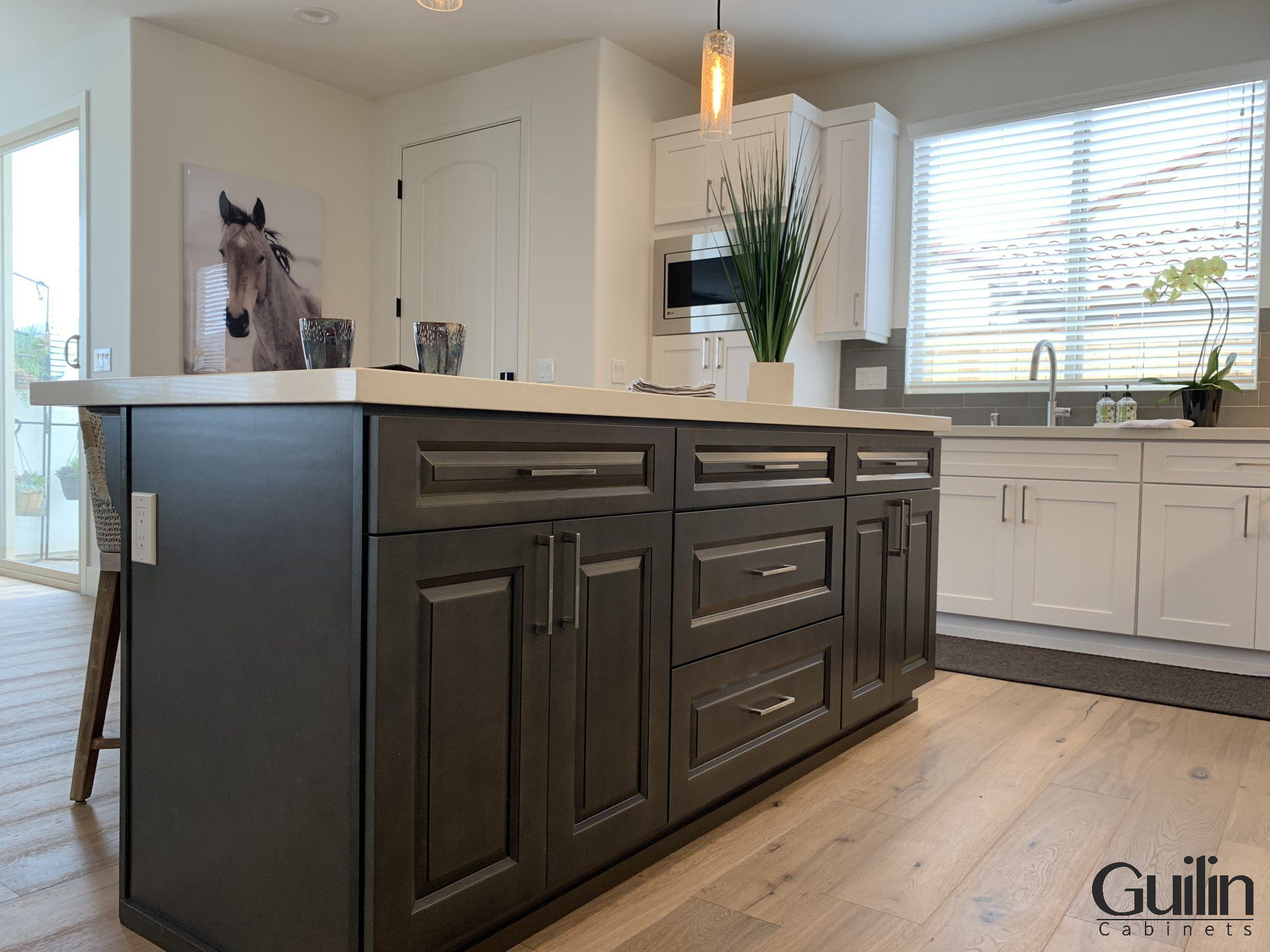Just because your kitchen cabinets look old or worn down doesn’t mean a simple refacing job will suffice. There are key signs that indicate it’s time to replace your cabinets rather than just giving them a facelift. From structural damage to unpleasant odors and cheap materials, knowing when to opt for replacement over refacing can save you time, money, and future headaches. In this guide, we will outline the critical indicators that should prompt you to invest in brand-new cabinets for your kitchen.
=> Related Article: Refacing vs Replacing Cabinets: Which is Better for Your Kitchen
Sign 1: You’re Itching to Remodel Your Kitchen
You shouldn’t reface your cabinets if you wish to completely transform the style of your kitchen. Changing the style and quality of your kitchen cabinets is a great chance that arises during a kitchen remodel, so take advantage of it. When you only want to update the look of the cabinets themselves, refacing is a better option than replacing them. A modernized and contemporary kitchen with new cabinets is more likely to sell for more than refaced cabinets if you intend to sell your property in the future.
=> Read More: Full Kitchen Remodel Service in California | Guilin Cabinets
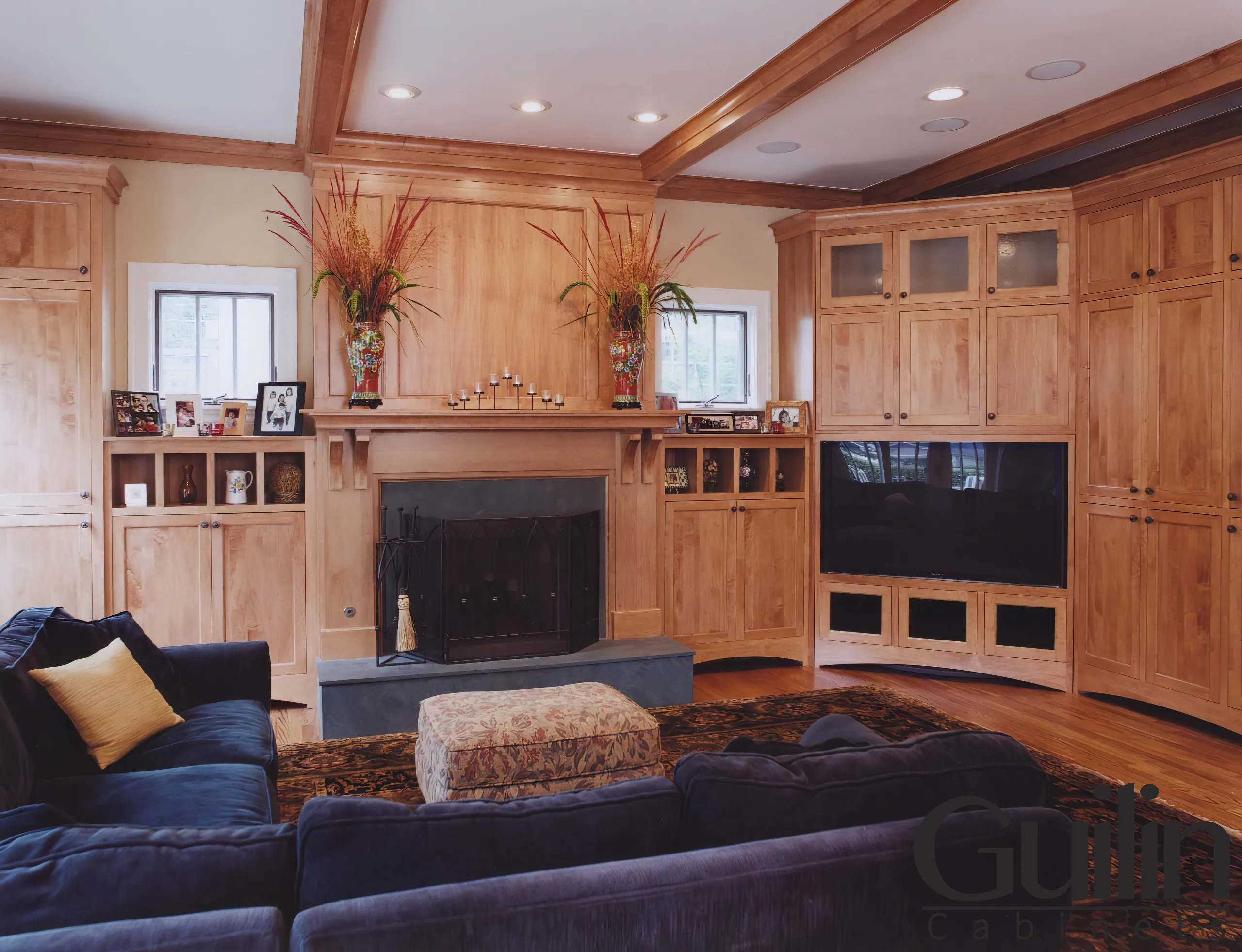
Sign 2: Damage to the Cabinet Boxes
The longevity and integrity of your kitchen cabinets’ construction may eventually be called into question, and you might even find evidence of structural damage. Just just a second, consider mold. Do you recall the leaking faucet under your kitchen sink? Your kitchen cabinets aren’t as sturdy as they used to be because mold has grown and spread. You should replace the cabinets instead of refacing them when their structure is weak or has been harmed by things like water, fire, mold, or vermin. Cabinets with a poor structure will eventually need to be replaced regardless of any attempts to reface them.
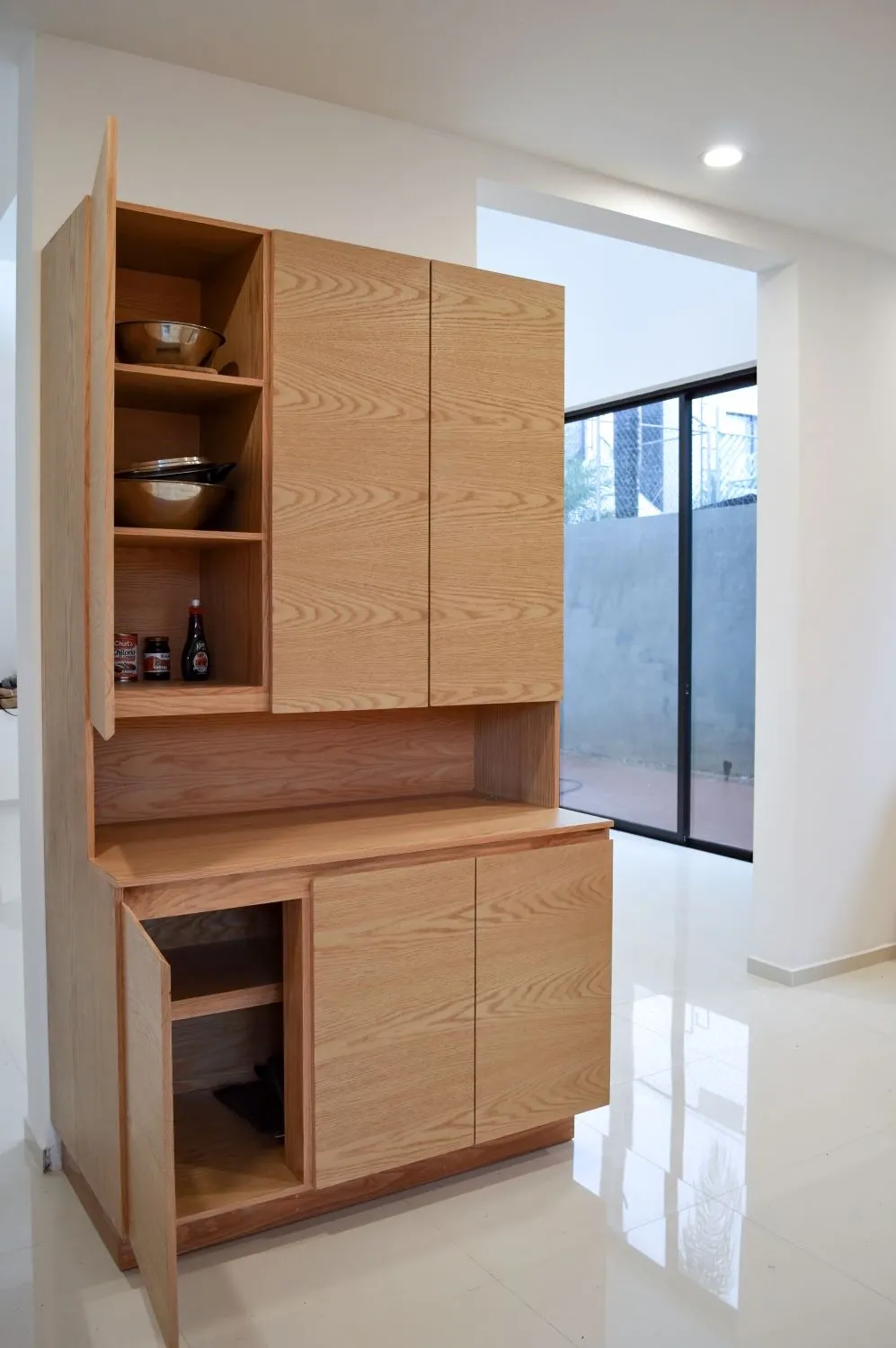
All cabinets, no matter how well-made, have a limited lifespan. Signs of visible damage and deterioration such as cracks, warping, or chipping on the cabinet doors or frames indicate that the structural integrity of your cabinets is compromised.
Sign 3: A Strong Odor
You should get new cabinets if the ones you have to give off an odor that is musty, ancient, or just plain nasty. If you want to avoid having to refinish your cabinets simply to get rid of the smell, it’s better to get new ones.
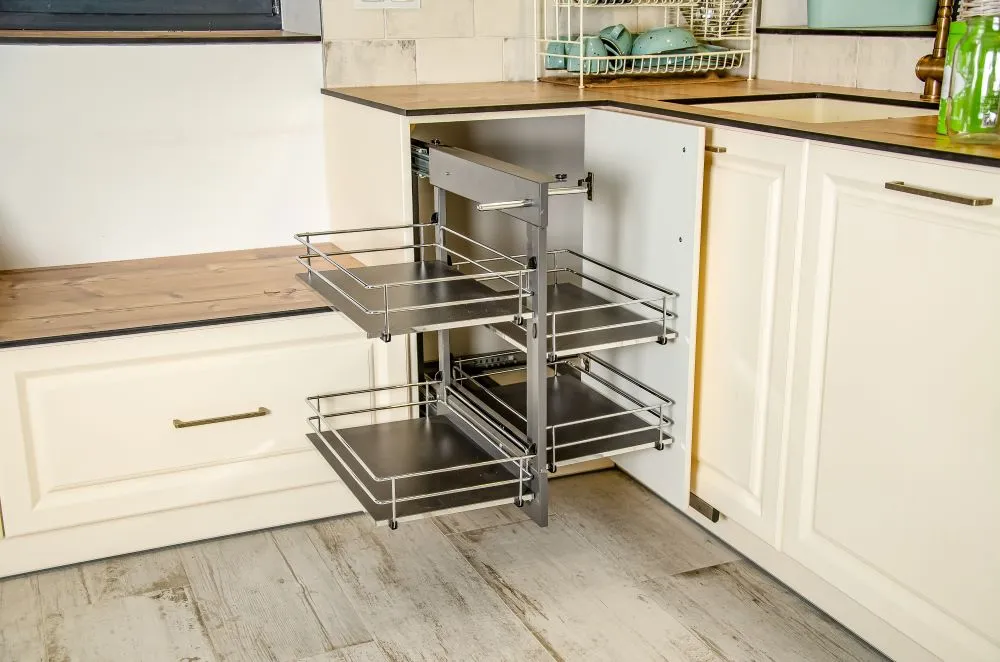
Deal with persistent unpleasant odors emanating from your kitchen cabinets by addressing the root cause. Insects, mold, and food particles can accumulate in hidden areas behind and beneath the cabinets, leading to foul smells that linger in your kitchen. When cleaning these areas does not eliminate the odor, it may be a sign that it’s time to replace your cabinets to get rid of the source of the smell and improve the overall hygiene of your kitchen.
Sign 4: Low-Quality Construction
It is more prudent to replace low-quality cabinets and put some money into your home’s kitchen if you want to upgrade. Refacing inexpensive cabinets won’t improve their appearance, so it’s best to just get new ones. Refacing your cabinets is an easy approach to solve issues like dissatisfaction with their appearance, dissatisfaction with their finish or color, or improper placement within the structure. A new one is necessary for everything on that list.
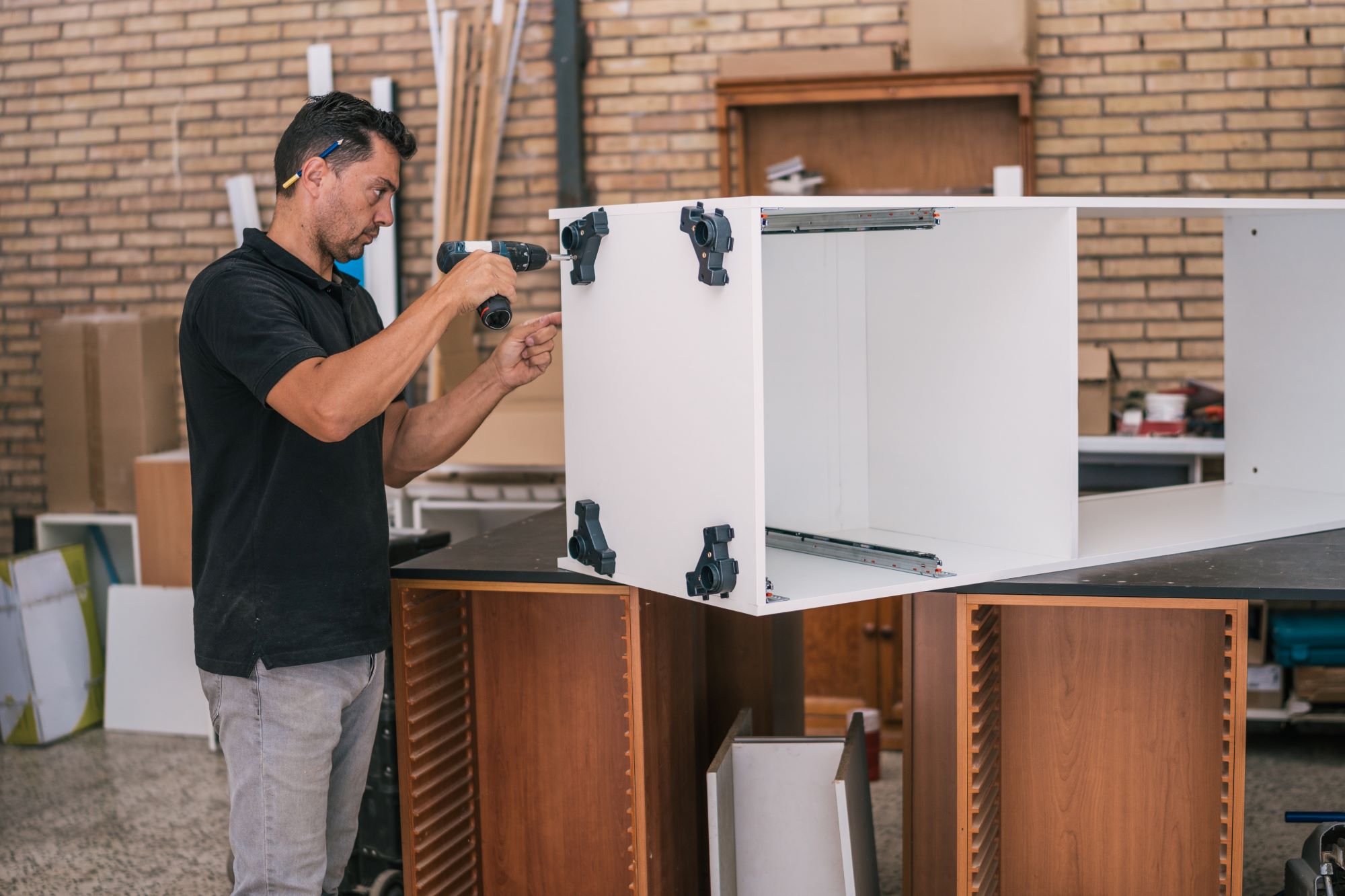
Sign 5: The Old-Style or Damage Cabinets are Made of Metal
Metal cabinets are typically made from materials such as steel or aluminum. Unlike wood, which can be easily sanded, painted, or veneered, metal cabinets may have a more complex structure that doesn’t lend itself well to the refacing process. Working with metal surfaces of cabinets can be more difficult, and it might be more difficult to get a smooth, visually beautiful finish.
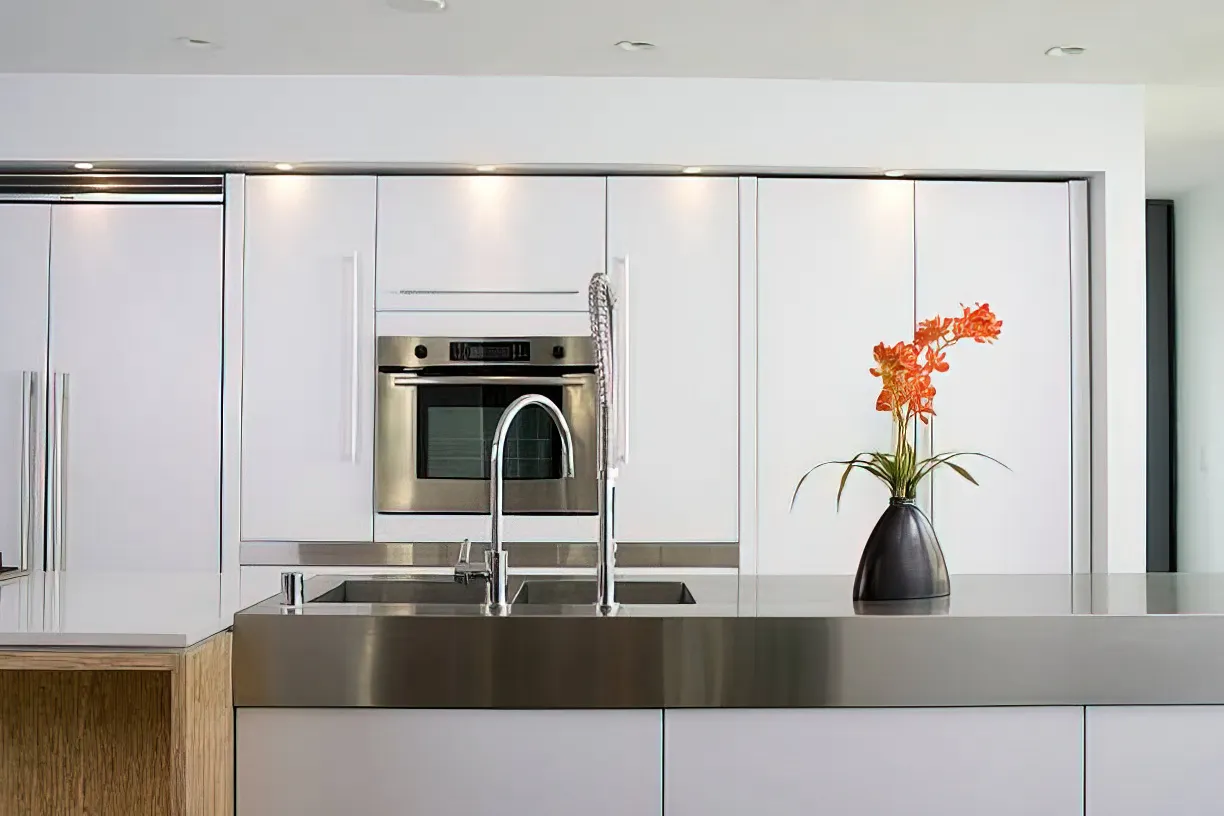
In Addition, Refacing involves preparing the existing surface for the application of new materials, such as veneer or paint. With metal cabinets, achieving proper adhesion and ensuring that the new surface stays in place may be more difficult compared to wood. The smooth and sometimes glossy nature of metal surfaces can make it harder for materials to adhere effectively.
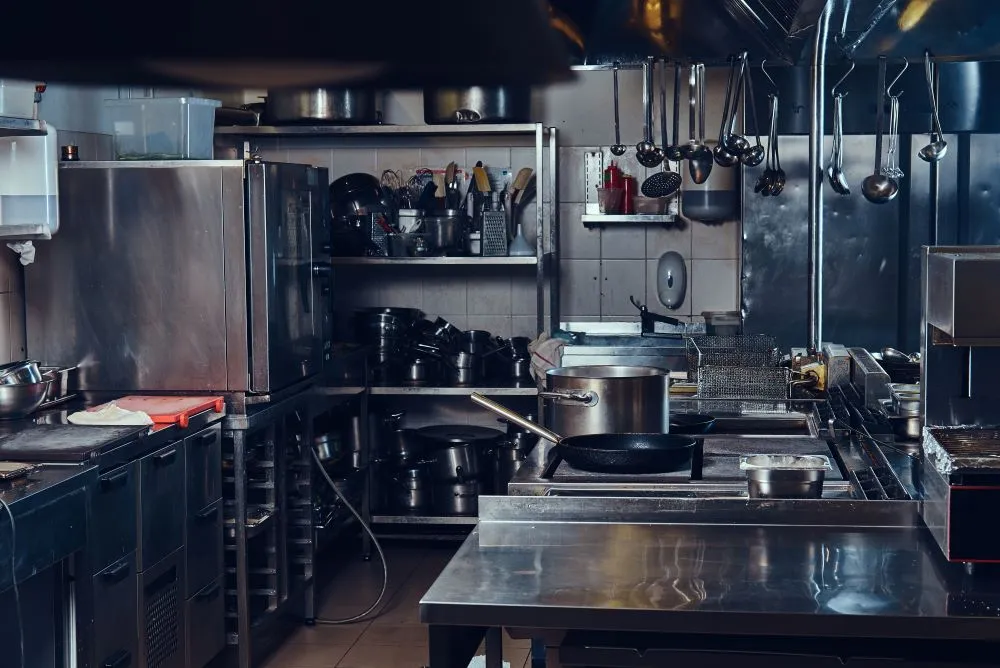
Sign 6: Lack of Adequate Storage Space
Space is a crucial aspect of a functional kitchen, and cabinets play a vital role in providing storage. If your cabinets are overflowing with items like sauce bottles and towels, it’s a clear indication that you lack adequate storage space. Insufficient storage can lead to cluttered countertops, making it challenging to prepare meals efficiently. Consider replacing your cabinets with more storage-friendly options, such as deep drawers or adjustable shelves, to optimize space and improve the functionality of your kitchen.

Sign 7: They Don’t Perform As Well As They Should
Is it a pain to reach the back of your cabinets? Do you have to move things around a lot? Is it a pain to open the doors and drawers of your cabinets? A pair of doors, for instance, could not open simultaneously or could slam into each other. When closed correctly, a cabinet door shouldn’t bang against other doors or furniture.
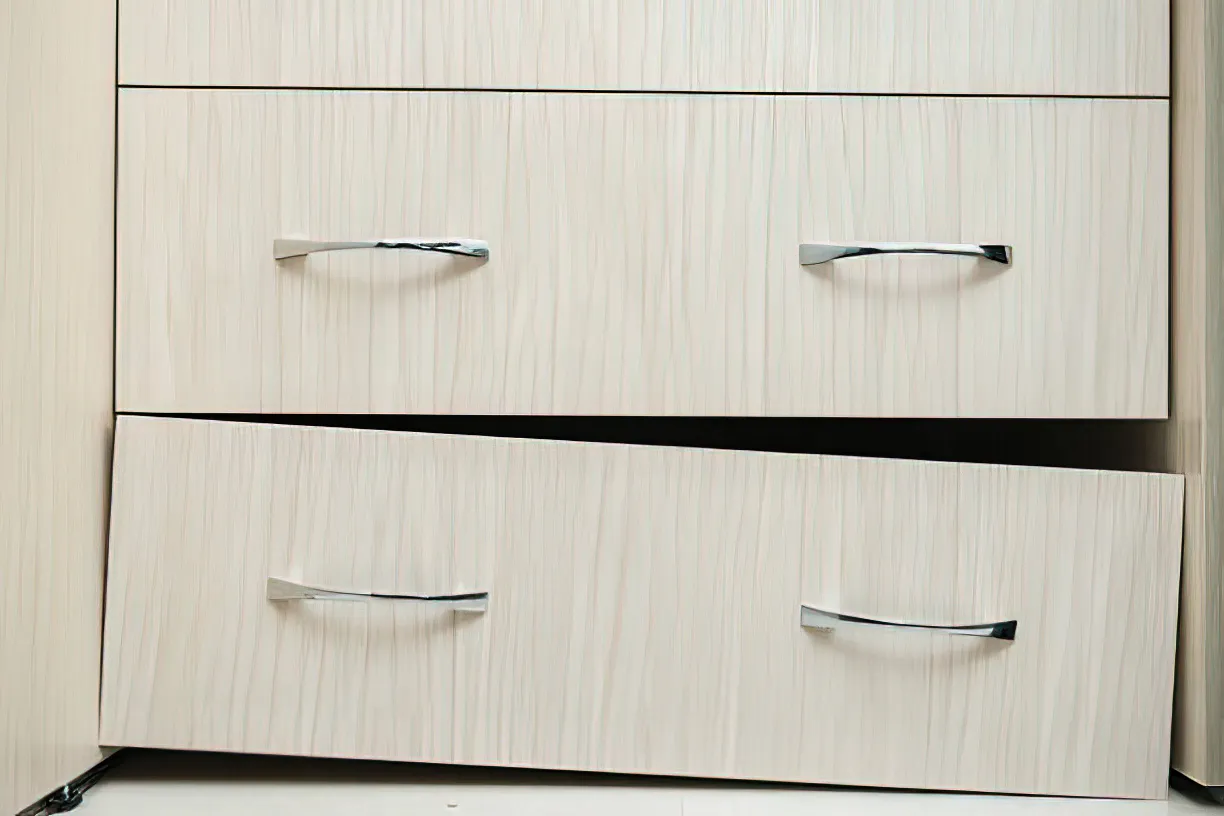
The most frustrating thing is dealing with a door that won’t open or close correctly. But it wouldn’t make much sense to just replace the doors. Therefore, you should probably just replace the complete cabinet box rather than spend money on new doors. If this keeps happening, it’s time to get new cabinets for the kitchen, regardless of how nice they are or how new they are.

Summing up, if you are looking to update the entire look of your kitchen, have a structurally damaged cabinet, detect unpleasant odors, or have cabinets made from cheap materials, it is time to replace them rather than reface them. Refacing may be appropriate for cabinets that only need a cosmetic update, but for more serious issues, such as structural damage or poor-quality materials, replacing the cabinets is the most effective solution. By recognizing these signs and making the decision to replace your cabinets when necessary, you can ensure a fresh, functional, and visually appealing kitchen space.


